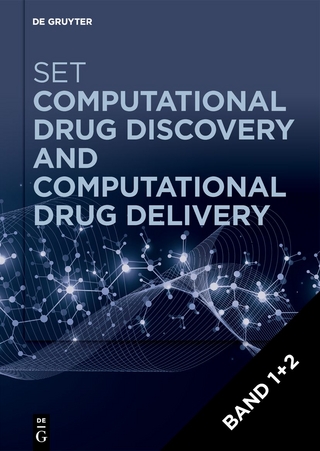
Parasitic Antigens for Vaccine Development
Anchor Academic Publishing (Verlag)
978-3-96067-054-4 (ISBN)
Text Sample:
Chapter 1. Pathology:
A. In human:
The clinical picture of fascioliasis is usually divided into three major forms:
- Acute Fascioliasis: It corresponds to the migratory phase of the NEJs in the liver and occurs within 2-3 months after acquiring the infection. Fever, abdominal pain, headache, pruritis, urticaria, weight loss, and Eosinophilia. Transaminase levels are in normal range or are only minimally elevated, and bilirubin levels are typically in normal range (Patil et al., 2009).
- Chronic Fascioliasis: It corresponds to the presence of mature adult parasites in bile ducts inside the liver and symptoms begin about 1 month after the exposure to metacercariae, are fever, general malaise, fatigue, hepatomegaly, anorexia, weight loss, urticaria with dermatographism and peripheral blood Eosinophilia. The symptoms may be absent in cases of light infection. The biliary phase may be asymptomatic or there may be symptoms related to cholangitis and obstruction of the biliary tract due to the enlarging fluke(s). The biliary phase may last for months or years (Kanoksil et al., 2006).
- Ectopic Fascioliasis: It is found in organs and subcutaneous tissues in the abdominal region. They were also found in lungs, heart, eyes, brain, and lymph nodes. This is due to secondary infection in the liver by clostridium species occurring in necrotic hemorrhagic lesions produced by young parasites migrating within the liver (Cho et al., 1994). Also, rarely, a condition known as "black disease" occurs as a complication of fascioliasis (Boray, 1999).
B. In animals:
The clinical picture of fascioliasis is usually divided into three major stages:
- Pre-hepatic stage: It is associated with the least pathology but sheep may experience ascites, pneumonia and fibrous pleuritis. Other signs include edema "bottle jaw" (Behm and Sangster, 1999).
- Hepatic or parenchymal stage: It is associated with immature flukes burrowing through the liver. Clinical signs are preferable to hepatitis and include signs referable to derangement of amino acid metabolism, carbohydrate and lipid balance, urea synthesis, detoxification metabolism, ketogenesis and albumin and glutathione synthesis. Clinical signs include inappetance, ill-thrift, abdominal pain, jaundice, anemia, weakness, respiratory distress and collapse. Hepatic fibrosis and calcification may occur as a result of chronic infection, particularly in less permissible hosts like cattle and humans (Behm and Sangster, 1999).
- Post-hepatic stage: It is associated with the establishment of adult flukes in the bile ducts where they become patent. This occurs approximately 7 to 8 wk PI. Little inflammatory response occurs once flukes are established in the bile duct, however bile duct hypertrophy and calcification is not uncommon in cattle or humans. The presence of a large number of flukes can mechanically obstruct bile ducts (Smyth, 1994; Andrews, 1999; Behm and Sangster, 1999).
Economical effect of fascioliasis in sheep is due to sudden deaths of animals as well as reduction of weight gain and wool production. In goats and cattle, the clinical manifestation is similar to sheep. However, acquired resistance to F. hepatica infection is well-known in adult cattle (Behm and Sangster, 1999; Boray, 1999).
| Erscheinungsdatum | 11.09.2016 |
|---|---|
| Sprache | englisch |
| Maße | 155 x 220 mm |
| Gewicht | 141 g |
| Themenwelt | Medizin / Pharmazie ► Pharmazie |
| Schlagworte | Antigen • cytokines • Fascioliasis • Fasciolosis • F. gigantica • Igs. • Immunodiagnosis • pab • Vaccine |
| ISBN-10 | 3-96067-054-0 / 3960670540 |
| ISBN-13 | 978-3-96067-054-4 / 9783960670544 |
| Zustand | Neuware |
| Haben Sie eine Frage zum Produkt? |
aus dem Bereich


